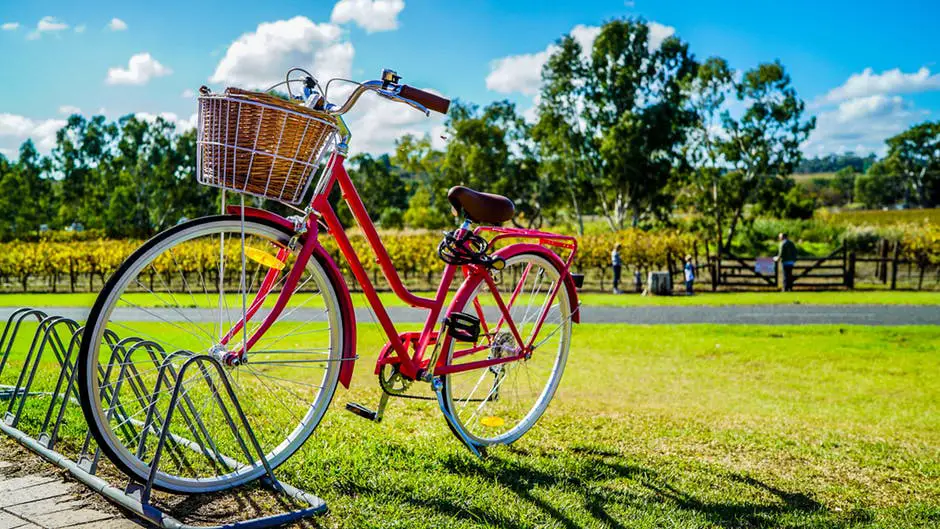Everything You Should Consider When Purchasing a Pistol
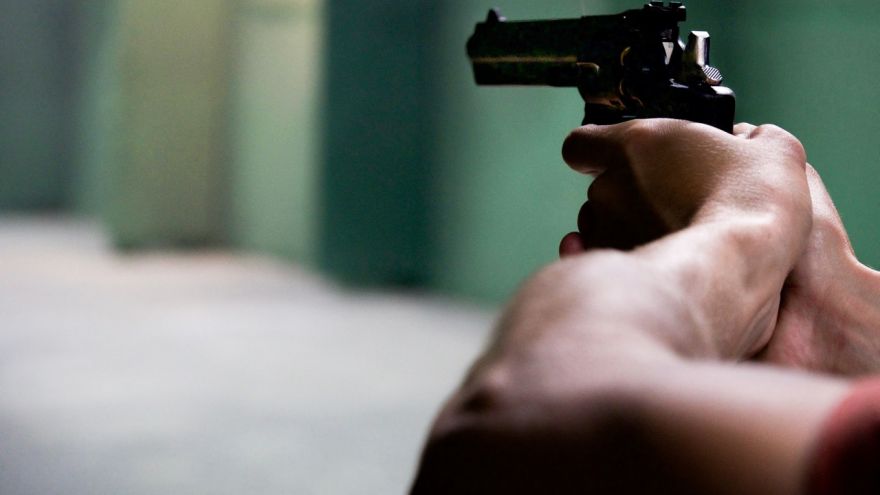 Everything You Should Consider When Purchasing a Pistol
thegearhunt.com
Everything You Should Consider When Purchasing a Pistol
thegearhunt.com
They’ve been around since the latter half of the 16th century, the term “Pistol” was first used as an English word in 1570. What began as a typical evolution of personal, and small self-defense, or protection, the pistol is the compact and more practical version of the early 15th-century hand cannons developed from the technological designs of actual ground cannons.
As the entire loading and shooting system evolved further, the flintlock single-shot pistols were invented — those are the types of handguns seen in films about pirates. Eventually, we reached the point of revolving loaders and compressed encased bullets and shells — which is what you see in the cowboy films as Revolvers. These handguns are still popular today, but now live life more as collector’s items or range guns. Due to their limited capacity for rounds, they’ve just become impractical in today’s world.
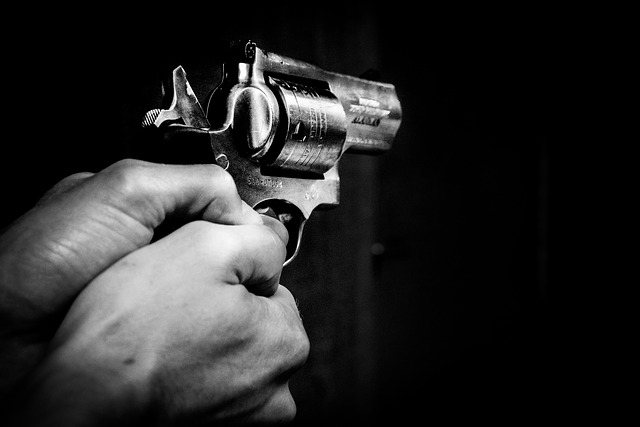
It’s a bit of a big mountain, the entry into shopping for sidearms, protection, security, or hunting assistance. There’s a lot of flash and buzzwords thrown around. But luckily for the general public, there are a lot of household names and places you can trust to put together amazing products, with trustworthy quality and performance. But that is also part of the problem. Everything on the market is a viable option.
There is a lot to consider when you’re purchasing a pistol for the first (or, heck, even the second) time. You want to make sure you’re getting a high-quality product that will perform the task at hand without much effort on your part. Let’s take a look at some of the most important considerations one should have in mind when heading out to do some pistol shopping.
Criterion For A High-Quality Pistol
Build Quality
This isn’t a section that is going to get a whole lot of love from us while making our list, and it should also not be too big of a worry for you as well. That’s simply because the headlining acts in the firearms game all have to take extreme precautions when designing, manufacturing, and putting their products together.
Firearms and sidearms are life-threatening when built poorly, and no company worth their weight in bullet casings would ever survive if they ever put out below-average quality builds. Many companies have had to claw back from mistakes because folks shouldn’t be throwing caution to the wind when firing weapons. There’s little room for error as is, and that’s assuming the weapon functions properly and is structurally sound.
All of that aside, there are some differences you’ll be able to find in terms of what manufacturers use to put their firearms together. Most sidearms of this price range (and by this price range, we mean average for good quality firearms) are going to be a majoritively steel frame construction. Some manufacturers will use special coatings and washes to keep the metal from corroding or waring too much during use.
Other parts may be made out of carbon-fiber, or aluminum, but the average modern firearms are constructed with steel or wood (if they are rifles or historic modern firearms.)
Design Function
There are a lot of factors that go into the design and function of a firearm, and sidearms or pistols are no different. Pick any gun on this list and you’re going to be able to break it down into four or five key design elements that are present to improve the use of the firearm or improve the actual firing of the weapon.
Things like the grip are important, especially if you’re shopping around for a micro handgun or something on a smaller scale than the average pistol. Other grip variables might be the cut of the serrated edges (or “pattern”) or the materials of the grip. Some manufacturers offer comfort grips that have a little squish, while others might be harder plastics or metal.
Triggers are a big thing in the world of handguns, and the two common versions of the handgun trigger are single-action or double-action. Often times, this is such a deciding factor in the choice of pistol that the trigger type will be named in the product’s title. A single-action trigger is just like the triggers of old, all they do is release the hammer on the firing pin, and off goes your ammunition. The more modern design for a pistol (the double-action) incorporates the hammer pull within the pull of the trigger, removing the need for a manual hammer on the weapon as a whole. The double-action trigger both readies the hammer and releases it all in one pull.
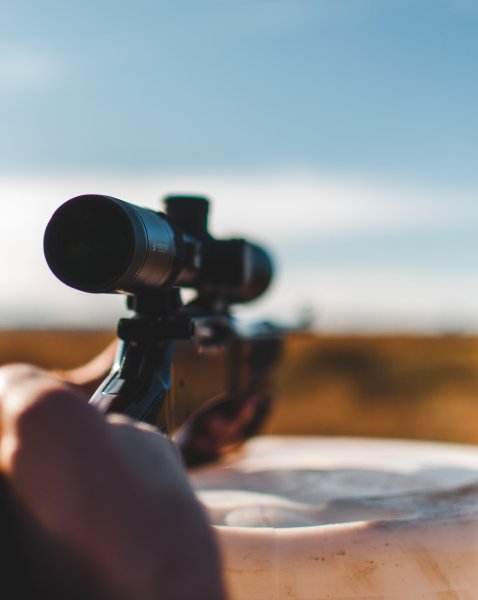 Extra design function could include things like built-in iron-sights or more complicated versions. Or rail mounts for larger sights or scopes. Or even the length and build of the barrels for adaptation of the use of the weapon.
Extra design function could include things like built-in iron-sights or more complicated versions. Or rail mounts for larger sights or scopes. Or even the length and build of the barrels for adaptation of the use of the weapon.
Narrowing down your search criteria is always going to benefit the consumer or shopper, because you’ve got a lot less to look at, and you’ll avoid drowning in a sea of options that you’re not even interested in. All of these differentiating designs should be on your radar prior to setting out because there are a lot of options.
Price Range
Because of the vast amounts of standardizations made in firearms manufacturing and development, and the fact that there really aren’t many crazy differences between products in terms of quality, the price differences between the bottom of our list (cheapest) and the top of our list (most expensive) isn’t crazy.
You’re looking at a gap of a few hundred dollars in the middle of the pack, and even the tricked out firearms don’t cost as much as a new laptop.
As we stated in the criteria above, there can’t really be a functional, or safe budget handgun. It’s just not okay. Which makes it easy to compare the price of the handguns you’re seeking out because everything that you should ever consider purchasing live within the same window.
Frequently Asked Questions About Pistols
Q: What caliber does it take?
A: Generally, the guns we chose can be purchased in a model version that can accept and fire 9mm bullet rounds. If they didn’t, they wouldn’t be really great items to put on our list of 9mm pistols now, would they? Some of the options on our list have models that can take other caliber rounds like .357 Magnums or others, but you can definitely count on the weapons we’ve shown here to have the capability to house and fire 9mm rounds. That’s important.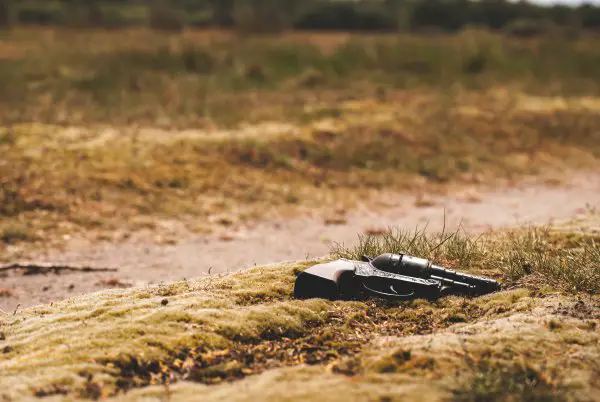
Q: How much does it weight?
A: Despite the similarity in the range of prices, and uses, many firearms are built with different materials in combination. The design and manufacturing of a weapon go directly into how much they weight, so there’s no real straight answer to this question, even though the answer to the question in regards to a specific gun is very important. Most of the guns on our list range between 1lb and 3lbs. Those two pounds can make a huge difference in the way the gun is operated or carried, but most guns are a little bit different in terms of weight.
Q: What is a semi-auto pistol?
A: A semi-automatic firearm in a type of gun firing, and chamber relationship that involves using the expulsion of the spent shell to then load the next round into the chamber. This makes for an ever-ready-to-fire handgun. An automatic gun has continuous firing with a single pull of the trigger, and a standard firearm involves the user to manually pull a load, or lever to load the next bullet. So, a semi-automatic firearm is not quite automatic, but not manual either.
Sources
- Wikipedia, Pistols
- Britannica, Pistol
- PBS, Gun Timeline










